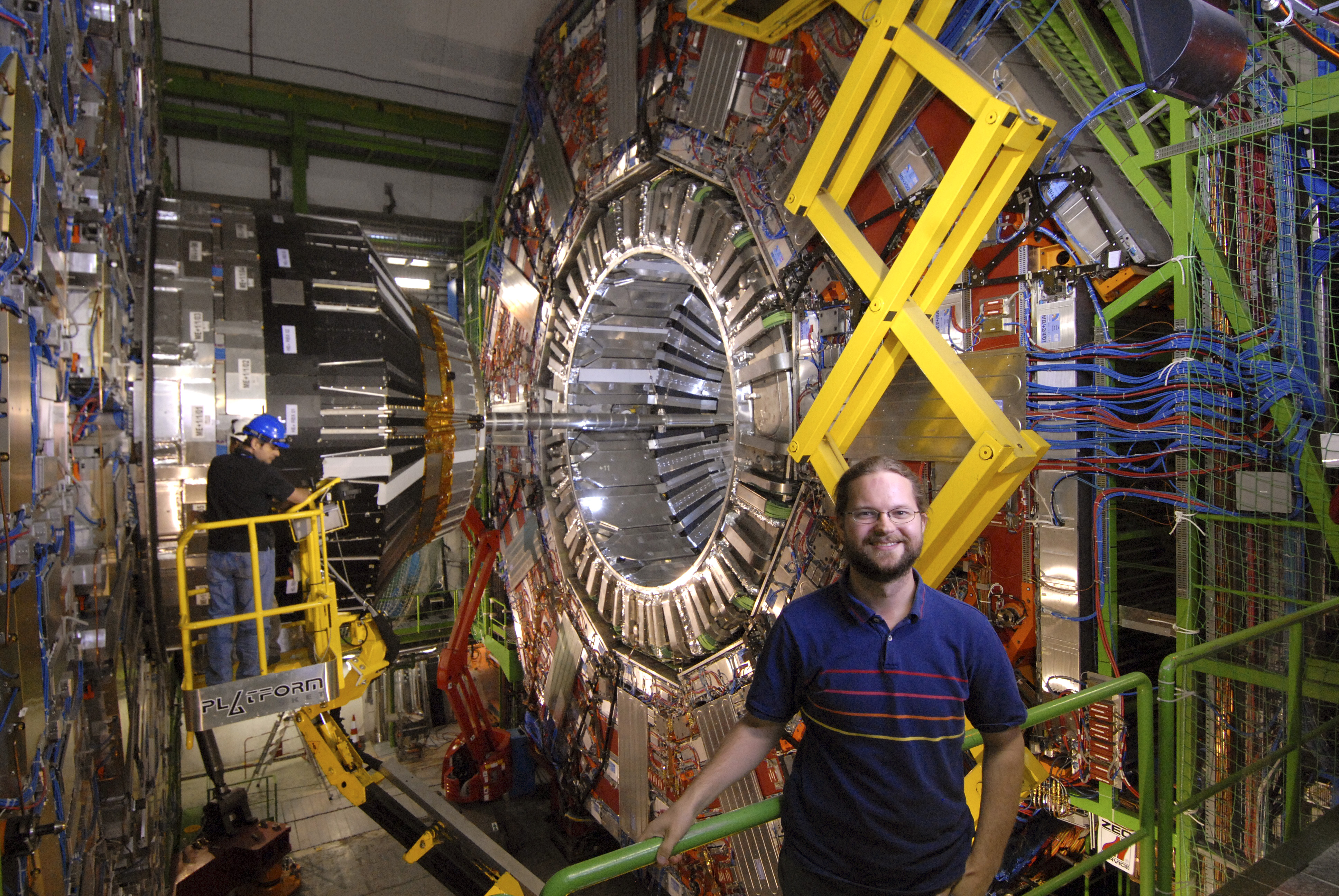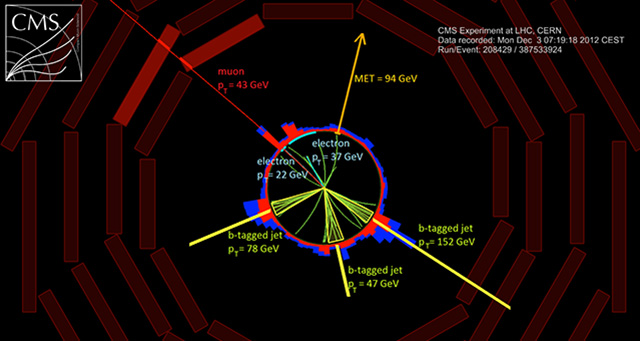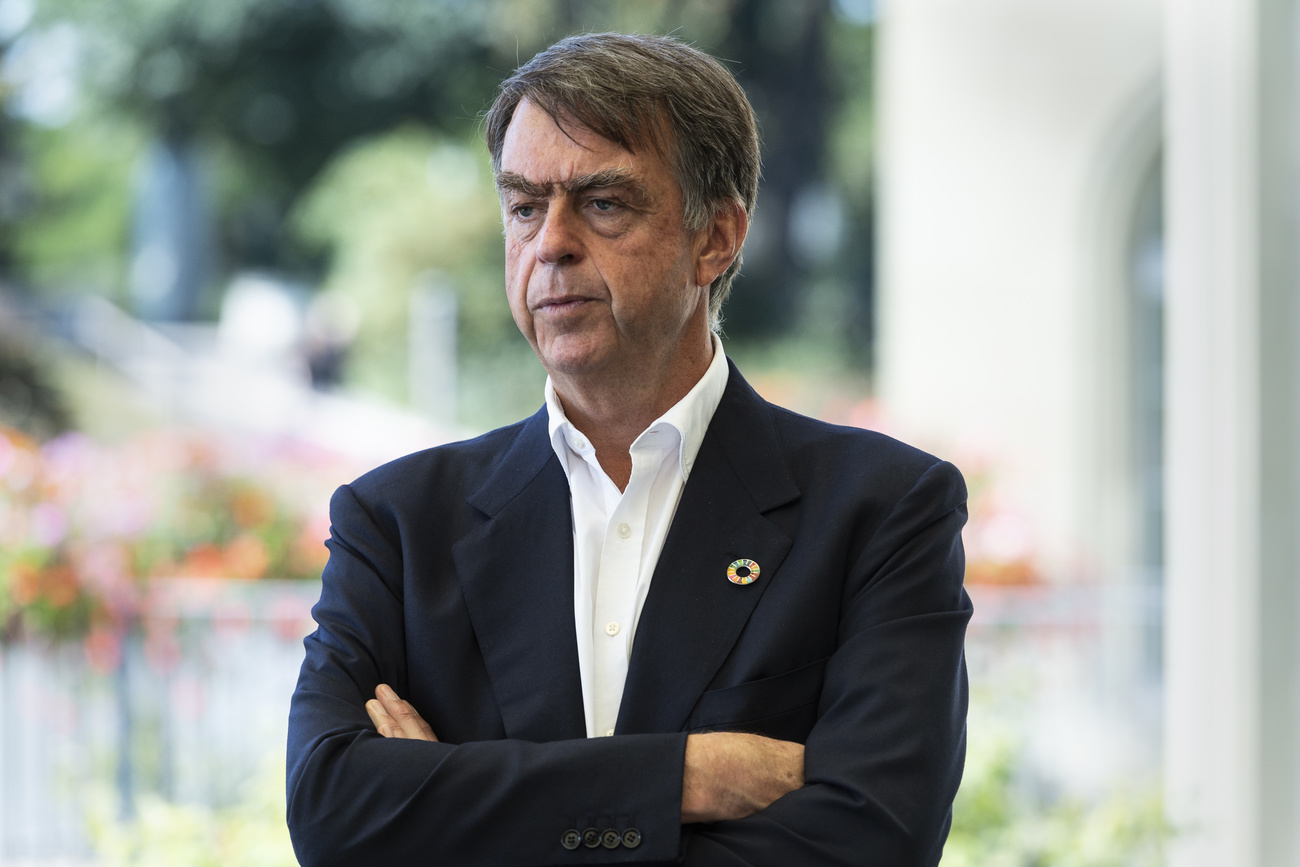CERN’s collider just got more powerful

If CERN was able to uncover the elusive Higgs boson in 2012 with only half the energy its Large Hadron Collider is capable of, why does it need so much more energy for its next set of experiments?
The 27km Large Hadron Collider at CERN, the European Organization for Nuclear Research, will be operating at much higher beam energy when it restarts in April 2015.
Why is more energy important? “It all comes down to E = mc2,” says physicist Josh Thompson, citing Albert Einstein’s famous equation.
So far, the LHC has run at 8 TeV (tera electron Volts). That’s the “E” (Energy). During this next run, the “E” will be 13 TeV.
“When we get more ‘E’ we can hopefully get more ‘m’ [mass] stuff coming out,” says Thompson, a Cornell University post-doctoral research associate currently based at CERN. And not just more mass, but probably heavier mass, heavier particles that could finally prove the existence of “dark matter”.
Be cool
Astrophysicists tell us that the matter we can detect – stars, planets, broccoli, etc. – makes up only 5% of the universe. The other 95% consists of “dark energy” (about 70%) and the rest of “dark matter”. But nothing is known for sure about this Dark Universe, except that it must exist – just as the Higgs boson was thought to exist, but hadn’t been proven until 2012.
The proton collisions will restart in April. Already begun is the six-month process of cooling the accelerator’s 1,232 giant electromagnets to near absolute zero (-271.3 C), enabling its niobium-titanium cables to achieve super-conductivity (zero electrical resistance), and thus to propel those speedy hundreds of trillions of protons per second around and around.

This cooling process requires lots of electrical power. Does that mean that when the CERN engineers threw the switch, the lights in Geneva flickered?
No, says Serge Claudet, the energy coordinator for CERN’s accelerators. Nor did that happen in neighbouring France, even though CERN draws its power from Électricité de France (EDF). The power comes into the research centre’s primary substation before being re-distributed to its various power nodes around the accelerator. Once the accelerator is cooled down, that part of the system actually uses relatively little power.
“We take energy to feed the magnets but once they are loaded, they can stay like that for ten hours without additional energy consumption,” says Claudet.
After cooling is complete, the physicists and engineers “inject” the beam of protons into the accelerator. Propelling the beam takes more electrical energy.
Shortages
Altogether, CERN consumes about 1.2 TWh (terawatt-hours) per year. At peak times, it’s equal to about one-third of the power consumption of the city of Geneva. The research centre’s annual electric bill is about 6% of its total budget, paid for by its 21 member states.
But what if the power is interrupted? Actually, this happens more than 30 times a year on average, due to anything from a thunderstorm, or a tree falling on a power line to a false instrument reading.
In 2011 there were two power outages of more than an hour, one due to a backhoe touching the line and causing a short-circuit. But usually these power interruptions last for less than 100 milliseconds before the system is automatically reset. This affects only the proton beams circling the accelerator, not less critical functions like cooling and ventilation.
But even these power breaks, lasting a mere fraction of a blink-of-an-eye, could damage the accelerator magnets, so if there is a fluctuation, “it’s safer to send the beam to the dump in a controlled manner”, says Claudet.
The “dump” is a steel-encased carbon cylinder – seven metres long, 70 centimetres in diameter – that absorbs the deflected beam. After such an event, the engineers need at least four hours to get the accelerator and four colliders (where the particles smash into each other and are detected) up and running again.

Going green
During the LHC’s 2015-2018 run, Claudet will be watching energy consumption closely, looking for ways to improve energy efficiency while still giving the scientists the energy they need.
In 2011, CERN – one of the top five consumers of power from EDF – led efforts to organise the first workshop for energy efficiency among research centres. At that workshop, a few scientists still said that focusing on energy management “shouldn’t be the priority for a research centre, and that energy should not be considered by scientists,” says Claudet.
But just two years later, at a follow-up workshop, “everyone was going green,” he says. “We are funded by public budgets, and we have to be respectful of these public budgets in our attitude toward energy.”
Among the energy management strategies CERN is considering: Minimising consumption at peak hours.
“For instance, if energy is more expensive on Monday morning, maybe we cannot run the accelerators on Monday morning,” says Claudet. Also with an eye toward costs, in the coming months CERN is inviting bids for power from various European sources. But Claudet says price increases are inevitable, just as they are for private consumers.
The public should reap long-term benefits from CERN’s energy-management innovations, thanks to its mission of freely sharing with the world the technologies it develops. (The World Wide Web was first developed here.) In fact, that’s already beginning to happen with energy efficiency, says Claudet.
“Some of our technology for super-conductivity is being pursued as a way to distribute power into dense cities to replace traditional power lines.”
Particle hunting
Meanwhile, the search for dark matter continues. “There are lots of candidates for what this dark matter might be,” says Thompson.
Theoretical physicists calculate that there should be numerous undiscovered sub-atomic particles there in the shadows. One of them might be the gluino, a theorised particle that Thompson and his colleagues are looking for at the LHC’s CMS detectorExternal link.
The gluino is one of the particles theorised to exist in the popular “Supersymmetry” modelExternal link of the Universe. Thompson has been hunting for the gluino since he arrived at CERN in 2009. No success yet, but that may be because it’s heavier than what the LHC has been able to detect while operating at half the energy it was designed for.
“This increased energy we’re going to get next year will make it much easier to make heavier particles,” he says.
Which might be just what it takes to shed light on dark matter.
Changing requirements
As experiments have increased since CERN’s opening in 1954, so have its power needs. The original substation on the Swiss side of the campus (the LHC crosses the Swiss-French border), was replaced in the 1970s with a new one in France. Fed by the French electrical grid, EDF, it provides electricity for CERN when the LHC is running. The Swiss substation is used as a partial backup when the collider is down for maintenance.

In compliance with the JTI standards
More: SWI swissinfo.ch certified by the Journalism Trust Initiative












You can find an overview of ongoing debates with our journalists here . Please join us!
If you want to start a conversation about a topic raised in this article or want to report factual errors, email us at english@swissinfo.ch.